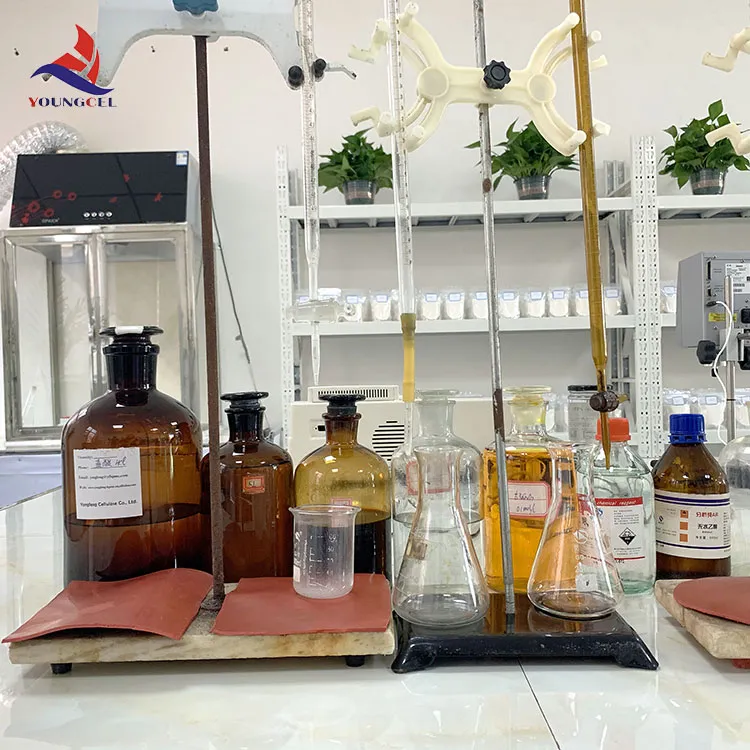Chemicals Used in Paints An Overview
Paints are ubiquitous in modern life, enhancing the aesthetics of buildings, vehicles, and various surfaces. However, behind their vibrant colors and finishes lies a complex composition of chemicals that play crucial roles in their performance, durability, and safety. Understanding the chemicals used in paints is essential for consumers, manufacturers, and environmental advocates alike.
Composition of Paints
At its core, paint is a mixture of pigment, binder, solvent, and additives. Each of these components serves a specific function.
1. Pigments These are finely ground materials that provide color and opacity to the paint. Pigments can be organic or inorganic. Organic pigments tend to offer brighter colors but may have lower durability, while inorganic pigments, like titanium dioxide, are known for their opacity and stability.
2. Binders Also known as resins, binders are substances that hold the pigment particles together and help the paint adhere to the surface. Common binders include acrylics, alkyds, and epoxy resins. The choice of binder affects the paint's properties, such as flexibility, durability, and drying time.
3. Solvents Solvents are the liquids that dissolve the binders and pigments, allowing for easier application of the paint. They can be either water (in water-based paints) or organic solvents (in oil-based paints). While water-based paints are generally considered more environmentally friendly, organic solvents often provide better performance in certain applications.
4. Additives These chemicals are included to enhance specific properties of the paint. Additives can improve flow, reduce foaming, prevent mildew, and enhance UV resistance. Common additives include surfactants, preservatives, and drying agents, each contributing to the paint's overall performance.
chemicals used in paints

Environmental and Health Considerations
The chemical composition of paints raises significant concerns regarding health and environmental impact. Traditional solvent-based paints often contain volatile organic compounds (VOCs), which can evaporate into the air and contribute to air pollution and respiratory problems. As awareness of these issues has grown, many manufacturers have shifted towards low-VOC or VOC-free formulations, significantly reducing harmful emissions.
Moreover, some pigments, particularly those containing heavy metals like lead and cadmium, pose serious health risks. These toxic substances can leach into the environment and cause various health problems, leading to regulations that limit their use in consumer products. For instance, the U.S. Environmental Protection Agency (EPA) has enacted strict guidelines on lead-based paints, especially in residential properties.
Innovations and Alternatives
Recent advancements in paint technology have led to the development of environmentally friendly alternatives. Bio-based paints, which use natural ingredients like plant oils and resins, are gaining popularity for their low environmental impact. Additionally, advancements in nanotechnology have allowed for the creation of paints with improved properties, such as self-cleaning surfaces and enhanced durability.
Furthermore, the rise of smart paints, which can change color or regulate temperature, showcases the innovative potential within the industry. These technologies not only enhance the aesthetic appeal of surfaces but also offer functional benefits that can reduce energy costs and improve comfort.
Conclusion
In conclusion, the chemicals used in paints are essential to their effectiveness, performance, and safety. While traditional paints have often posed health and environmental risks due to VOCs and toxic pigments, the industry is undergoing significant transformation. With a shift towards low-VOC, bio-based, and smart paint technologies, consumers can enjoy safer and more sustainable options. Understanding the chemistry behind paints empowers consumers to make informed choices, contributing to a healthier environment and enhancing their living spaces. As the paint industry evolves, the focus on sustainability and safety will undoubtedly lead to innovations that benefit both users and the planet.
-
Rdp Powder: Key Considerations for Wholesalers in the Building Materials IndustryNewsJul.08,2025
-
Key Considerations for Wholesalers: Navigating the World of Hpmc - Based ProductsNewsJul.08,2025
-
Hpmc Detergent: Key Considerations for WholesalersNewsJul.08,2025
-
Key Considerations for Wholesalers: China Hpmc For Tile Adhesive, Coating Additives, Concrete Additives, and MoreNewsJul.08,2025
-
Crucial Considerations for Wholesalers: Navigating the World of Construction MaterialsNewsJul.08,2025
-
Key Considerations for Wholesalers Sourcing Additive For Cement, Additive For Concrete, Additive For Putty from Additive Manufacturer Shijiazhuang Gaocheng District Yongfeng Cellulose Co., Ltd.NewsJul.08,2025




